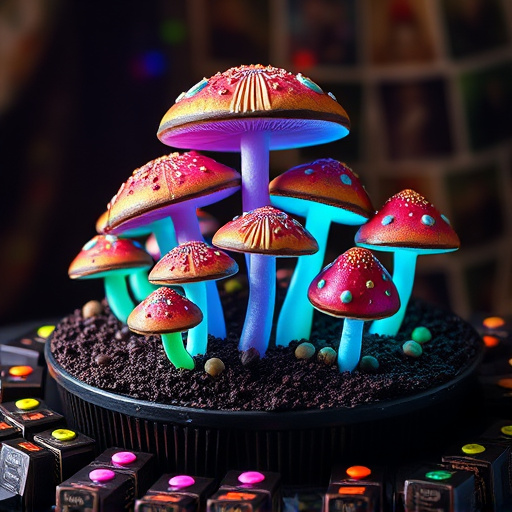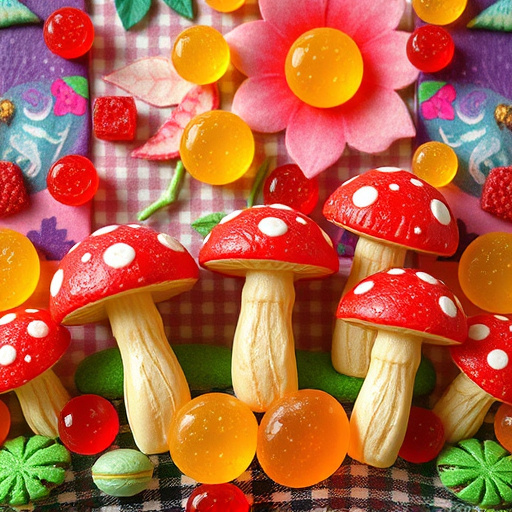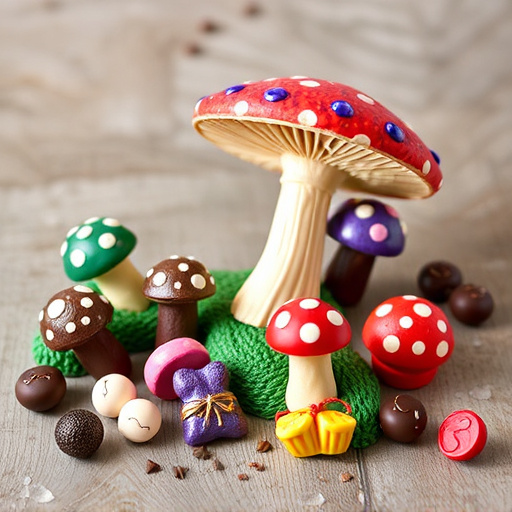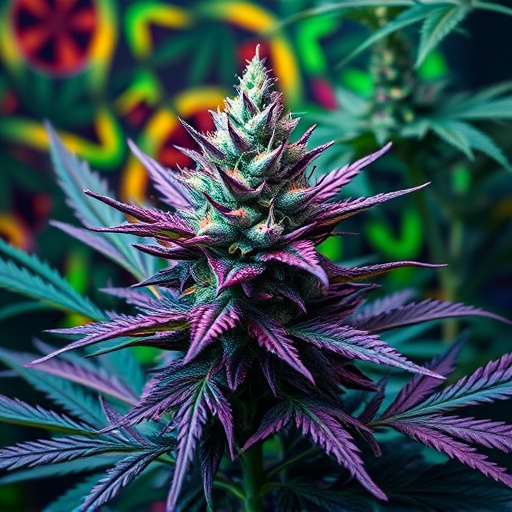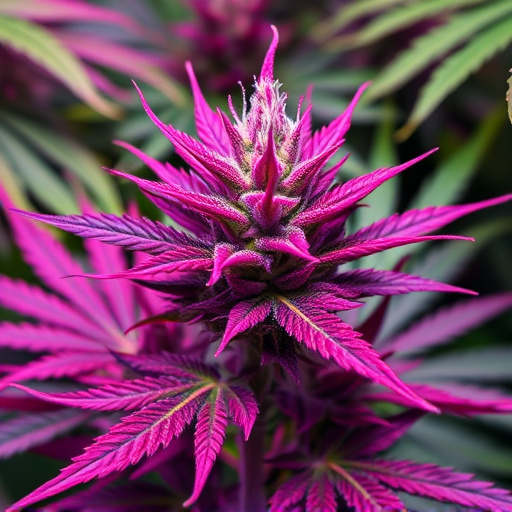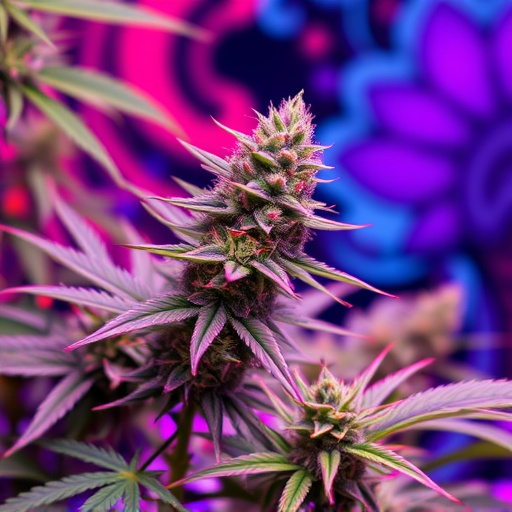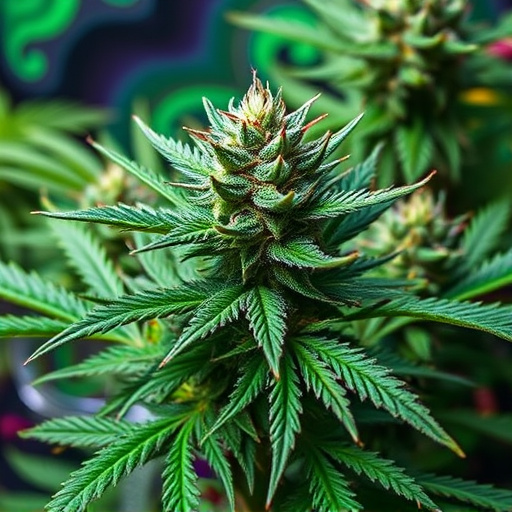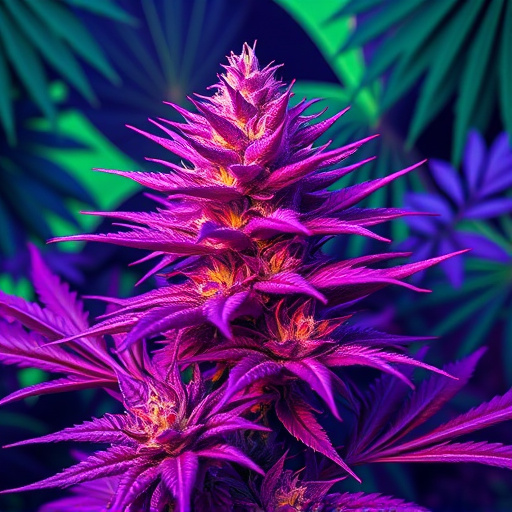The visual appeal of psychedelic cannabis strains, characterized by vibrant colors, enhances user experience by triggering emotions and memories linked to specific shades. The appearance of cannabis, including its potency indicated by color, influences consumer choices and market trends. Scientific research reveals a connection between intense pigmentation and higher cannabinoid content, such as THC and CBD, making color a useful preliminary tool for estimating cannabis potency. This knowledge fosters curiosity among researchers and enthusiasts about the visual and chemical diversity of these strains.
“Unraveling the mystique of color in cannabis, this article delves into the intriguing question of whether shade and hue influence potency. From the sensory experience of visually perceiving cannabis to scientific explorations of its chemical composition, we uncover the connection between color and cannabinoid content. Furthermore, we explore how the growing popularity of psychedelic cannabis strains impacts our understanding of potency perception through visual cues. Dive into this comprehensive guide to discover the secrets hidden within the vibrant spectrum.”
- The Role of Color in Cannabis Visual Perception and User Experience
- Scientific Insights on the Connection Between Color and Cannabinoid Content
- Exploring the Impact of Psychedelic Cannabis Strains' Color on Potency Perception
The Role of Color in Cannabis Visual Perception and User Experience

The visual perception of cannabis is often enhanced by its vibrant hues, particularly in psychedelic cannabis strains known for their intense colors. These visual cues can significantly impact the user experience, evoking feelings and memories associated with specific shades. For instance, bright greens might remind users of fresh, invigorating sensations, while deep purples could induce a sense of relaxation and mystery. This psychological connection between color and emotion further blurs the line between sensory perception and cannabis potency.
Furthermore, the appearance of cannabis can contribute to its overall appeal and desirability, especially for those who appreciate aesthetic qualities. The market for visually striking strains has grown, with cultivators experimenting to create blooms that are not only potent but also captivating. This trend reflects a broader interest in enhancing the cannabis experience beyond mere consumption, incorporating elements of art and design that can influence how users interact with and perceive their medication or recreational substance.
Scientific Insights on the Connection Between Color and Cannabinoid Content
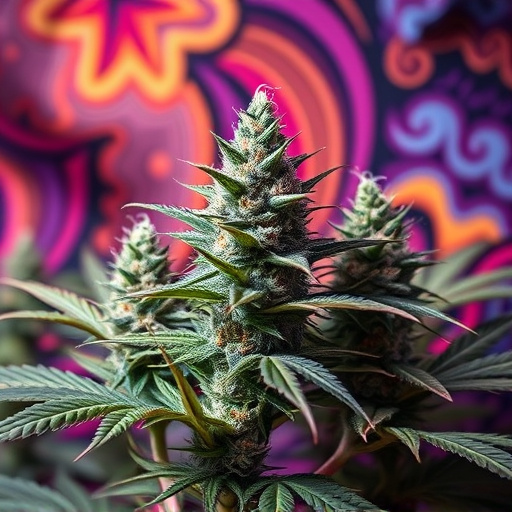
Scientists have explored the intriguing connection between color and cannabinoid content in cannabis, particularly in the context of psychedelic cannabis strains. Research suggests that the vibrant hues often seen in these strains may not be mere visual appeals but indicative of their chemical composition. Studies have shown that the pigment responsible for a plant’s color can influence the production and accumulation of cannabinoids, such as THC and CBD.
For instance, some psychedelic cannabis strains known for their intense colors like deep purple or bright orange seem to mirror higher concentrations of specific cannabinoids. This correlation has sparked interest in whether color could be used as a preliminary indicator for estimating cannabinoid potency. While it’s not a definitive measure, the relationship between color and cannabinoid content opens up exciting avenues for cultivation and selection of cannabis varieties with desired effects.
Exploring the Impact of Psychedelic Cannabis Strains' Color on Potency Perception
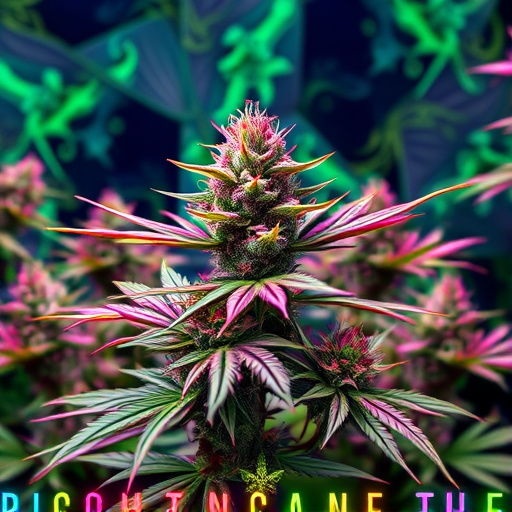
The perception of potency in psychedelic cannabis strains is a fascinating aspect often overlooked among consumers. It’s no secret that the vibrant colors associated with these strains catch attention, but does color truly influence how potent they are? Scientific studies have delved into this question, revealing intriguing connections between pigmentation and cannabinoid profiles. Research suggests that the intense colors displayed by certain cannabis varieties may be indicative of enhanced levels of specific cannabinoids, such as THC or CBD.
While visual appeal undoubtedly plays a role in consumer choices, understanding the relationship between color and potency can offer valuable insights. Psychedelic strains known for their striking hues often live up to their names, providing more profound sensory experiences. This connection has sparked curiosity among researchers and enthusiasts alike, encouraging further exploration of how cannabis’ visual diversity aligns with its chemical composition and perceived effects.
While the connection between color and cannabis potency remains a fascinating area of exploration, current scientific evidence suggests that the impact may be less direct than initially thought. While color can significantly influence visual perception and user experience, particularly with psychedelic cannabis strains, it does not necessarily correlate directly with the cannabinoid content. Therefore, when considering the potency of cannabis, other factors such as terpene profiles and specific cannabinoid ratios should be prioritized for a more accurate understanding.
